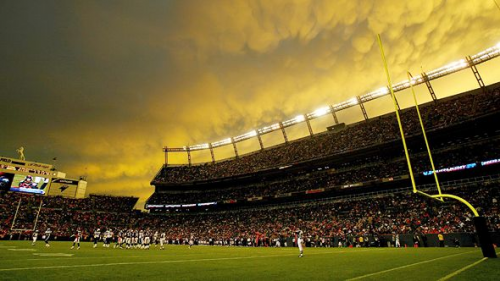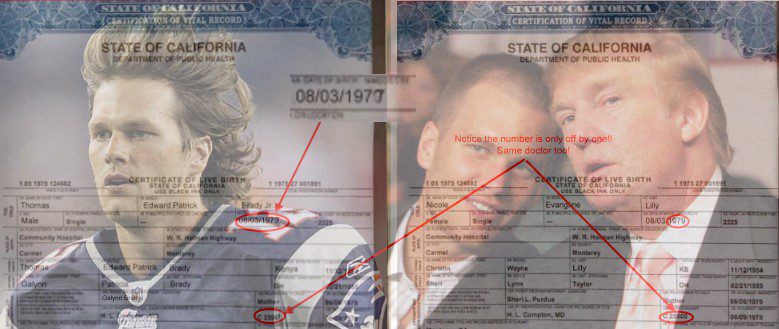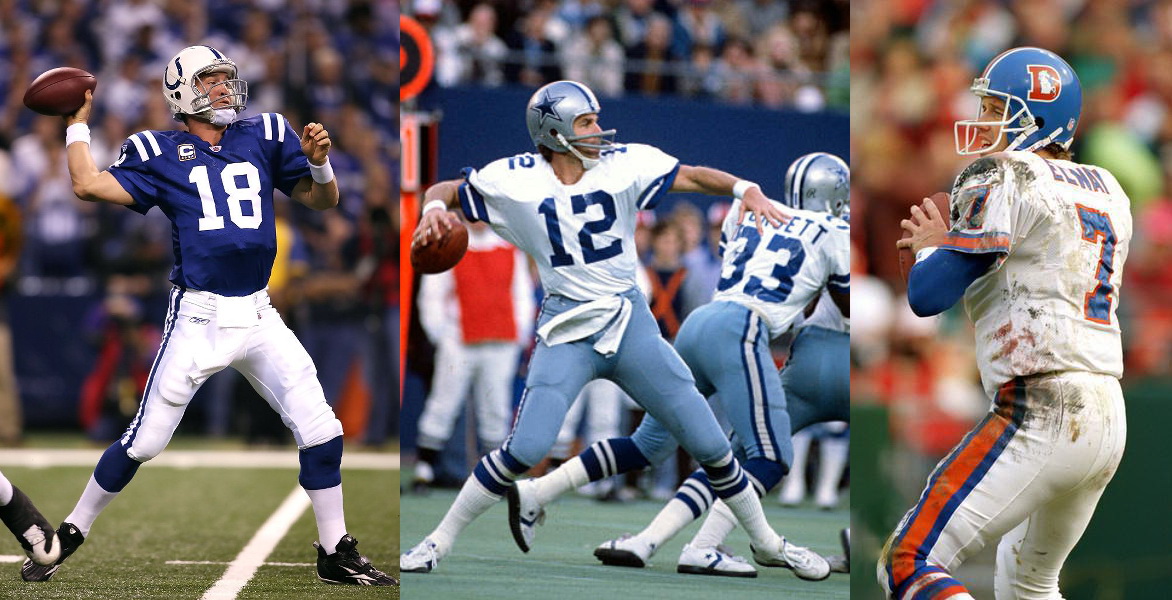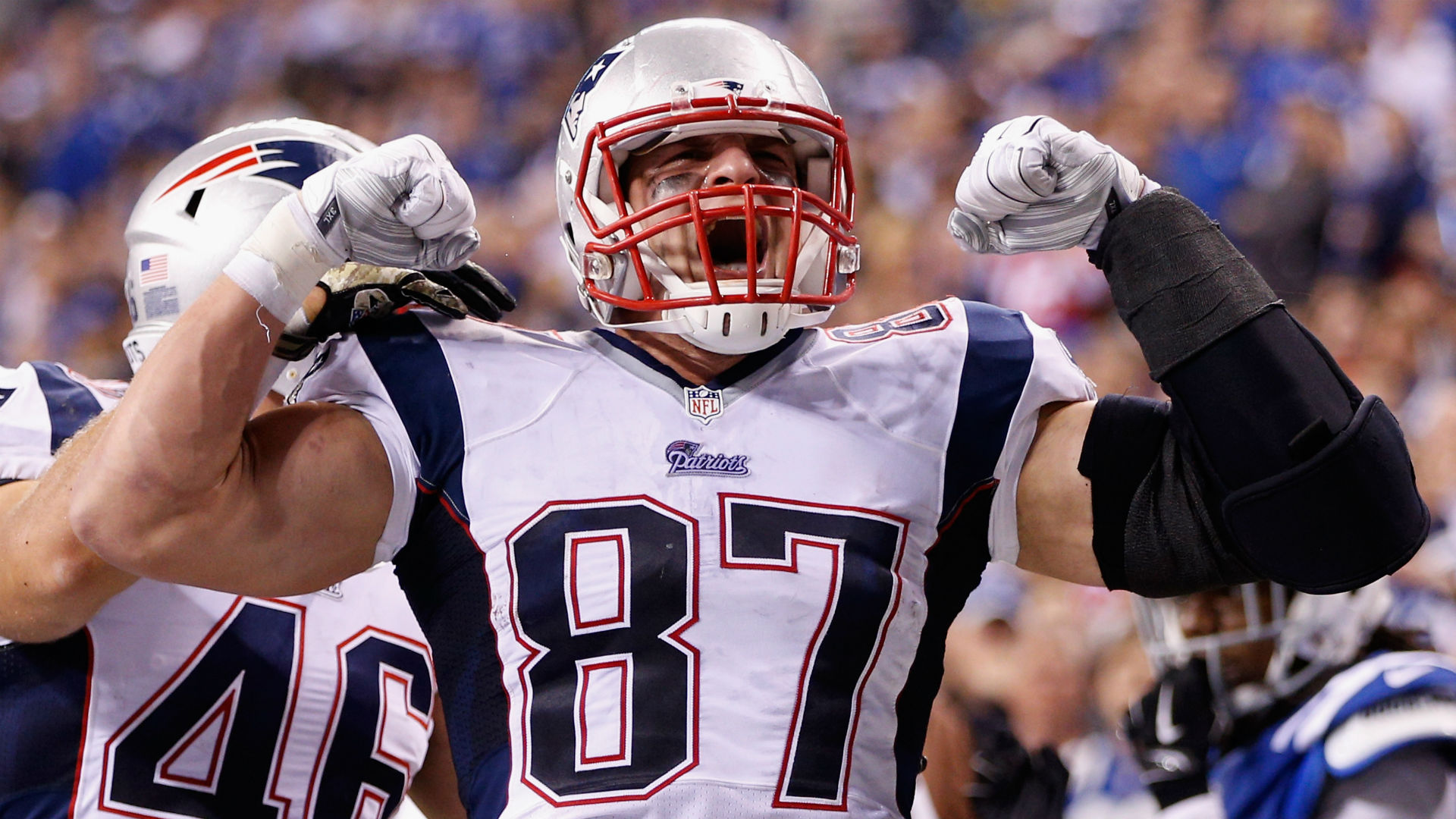Featured Articles

The expanded 48-team format fundamentally alters how each FIFA World Cup 2026 Group should be analyzed, with 72 group-stage matches creating unprecedented scheduling density that...

The number of viewers of live sporting events is extremely high globally from broadcasting television, streaming platforms, and through live venue attendance. The majority of...
Read More
Employee engagement is no longer driven only by salaries and benefits; it increasingly depends on workplace culture, connection, and motivation. In many teams, introducing simple...
Read MorePopular Topics
Latest Articles
.jpg)
Every NFL fan has at least one game they still can’t fully explain — a matchup that shredded predictions, flipped emotions in seconds, and left...
Read More.jpg)
Finding the right development partner can make or break your startup journey. The Hidden Truth About Launching Successful Products The software development industry hit $583...
Read More.jpg)
Finding agencies that transform your vision into scalable, revenue-generating softwareThe State of SaaS Development in 2026 The SaaS market is exploding. Global spending on Software-as-a-Service...
Read More.jpg)
Sports culture and rivalries go hand in hand. Yankees vs Red Sox. Lakers vs Celtics. Bears vs Packers. The narratives behind these rivalries are powerful...
Read More
The topography of professional sports has been experiencing a tectonic change in the past ten years. Watching a football game and a basketball game some...
Read More.jpg)
In the world of online entertainment, raffle-based gaming platforms such as casino Jackpot Go continue to reshape how players engage with games of chance. Unlike...
Read More
Watching Premier League matches is no longer a single-screen experience. For millions of fans, following football today means juggling the live broadcast on TV with...
Read More
The sports industry has changed dramatically over the years. It’s no longer just about athletes competing on the field or court. Today, sports is a...
Read More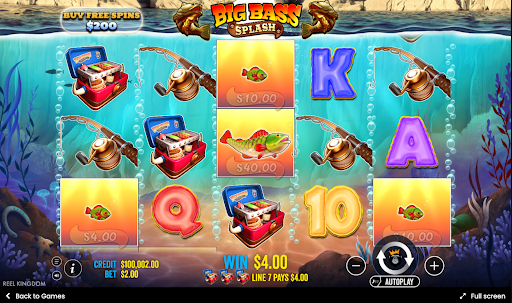
Big Bass Splash is a relaxed but feature-rich online slot that appeals to players who value clear rules and steady pacing. At Zodiac Casino, the...
Read More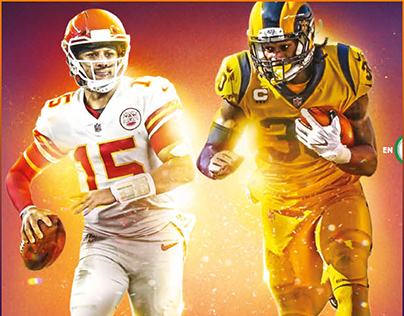
Watching NFL games live is a thrilling experience, but sometimes fans are left frustrated when they discover that their favorite games are unavailable in their...
Read MoreIn an era where healthy living is increasingly prioritized, digital tools have become essential allies for individuals seeking better nutrition. Brands in the wellness, food,...
Read More
Sports fans have always met through friends, bars, and shouting at screens in public. Now it’s also apps… because of course it is. For 2026,...
Read More